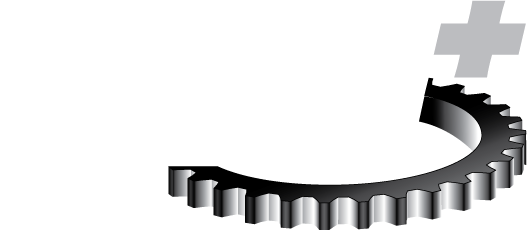
Automated Manual and Dual-Clutch Technology
In certain vehicle applications, automated manuals or dual-clutch transmissions may be the best transmission for optimal vehicle performance. This course covers the basic theory and operation of automated manual and dual-clutch transmissions along with their technical, operational and financial benefits as compared to conventional manual or automatic transmissions. Current designs, the components and sub-systems used, their functional modes, how they operate, and the inter-relationshipwith the rest of the powertrain are addressed in detail.
Learning Objectives
By completing this course, you will be able to identify, recognize or articulate:
- How an automated manual transmission operates
- Why the DCT is inherently more efficient than either a manual or traditional automatic transmission
- Proper designations and defined functionality of common AMT systems
- Merits and limitations of the various AMT system
- Differences and application focus of the various clutch engagement and shift systems
- Similarities and differences between Dual-Clutch Transmission (DCT) technology is and common modern manual transmissions
- Technical, operational, and financial benefits of dual-clutch technology
Who Should Attend
The intended audience for this class is powertrain engineers, component suppliers, vehicle platform powertrain development specialists and engineers involved in the application or design of transmissions.
Prerequisites
Because this course is based on a number of design and engineering disciplines, learners should have a B.S. in engineering or related field and preferably a minimum of two years design experience in the automotive powertrain field.
Topics
- Functions and limitations of current clutch engagement and shift systems
- Theoretical development of optimized driveline response
- Benefits of automating the transmission, engine response and powertrain functions
- Explanation of the benefits of theoretical Automated Manual Transmission (AMT)
- Review of common automated clutch actuation mechanisms and configurations
- Review of common automated shift implementation, mechanisms and configurations
- Review of DCT shift strategy
- Pros / cons of DCTs and their commercialization
